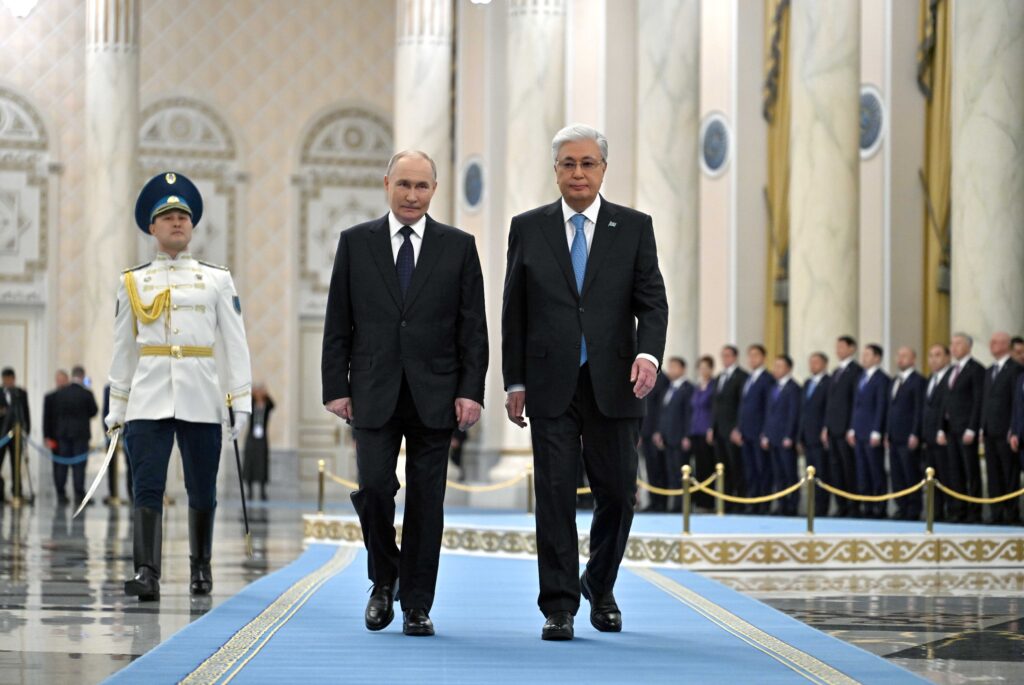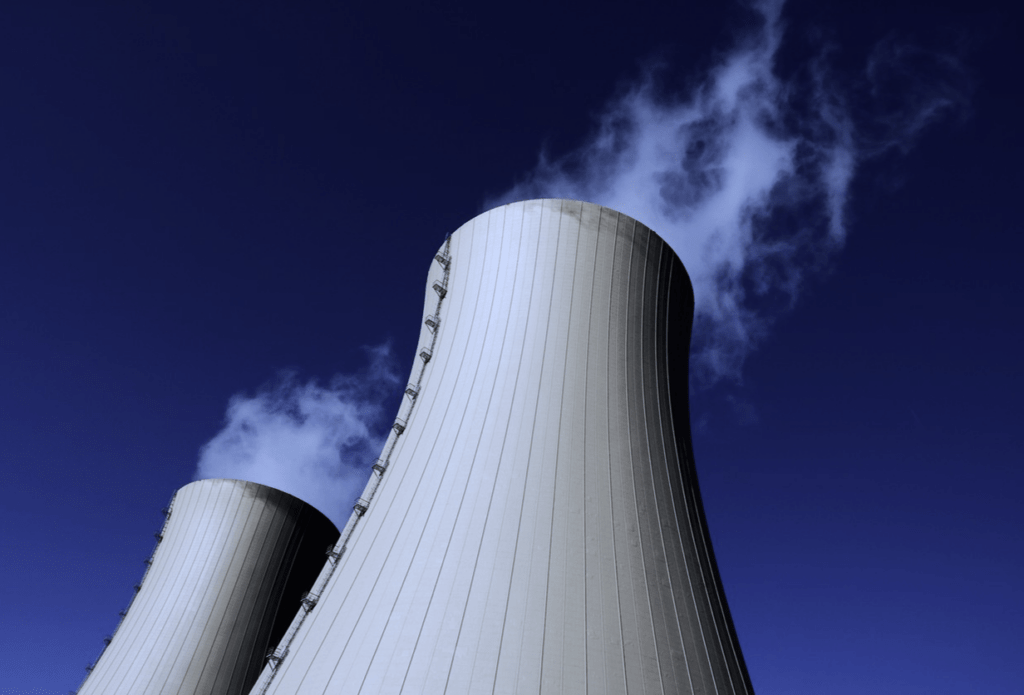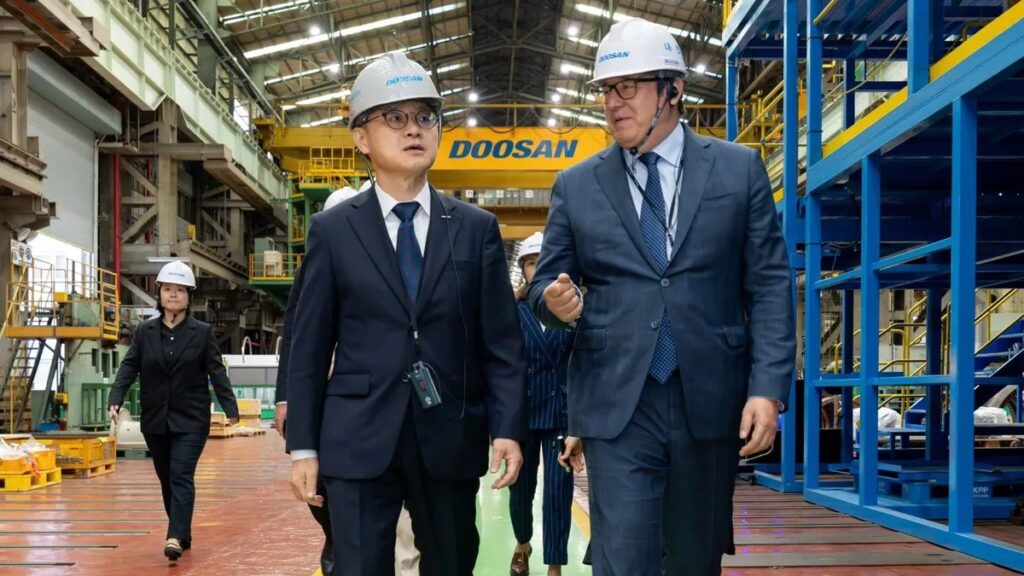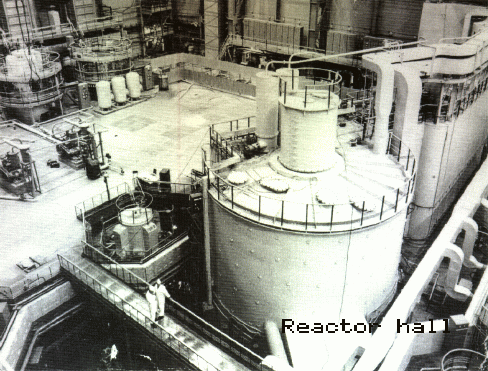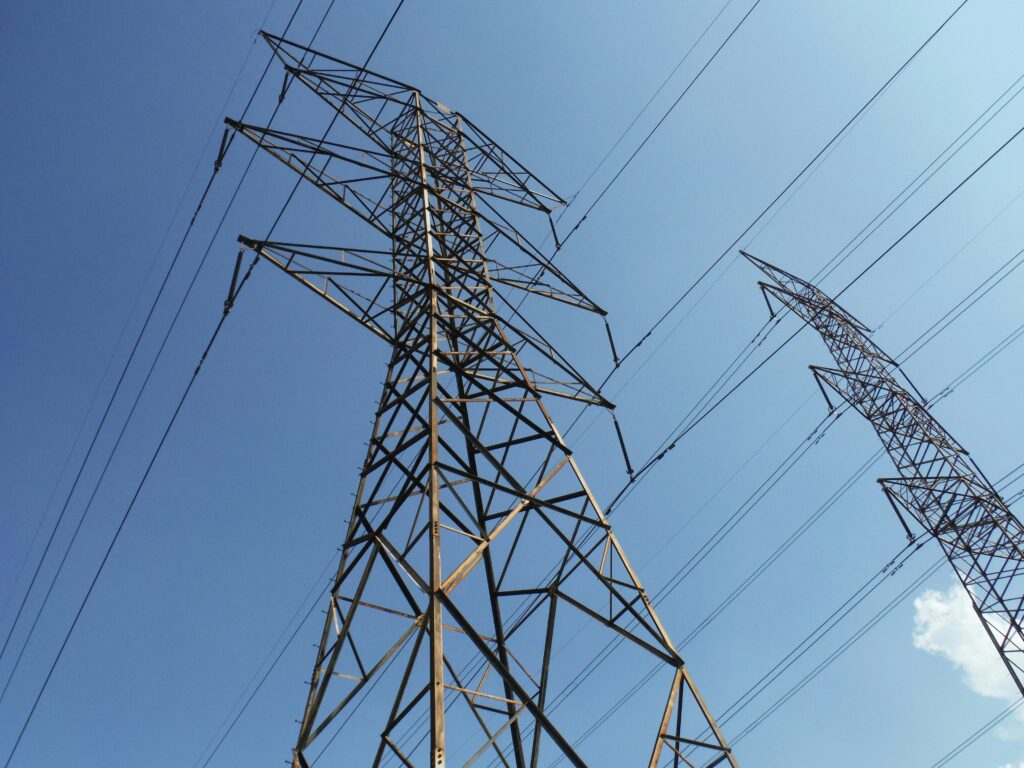Uzbekistan Seeks International Collaboration for Nuclear Energy Project
President Shavkat Mirziyoyev held a meeting on February 10 to review progress in Uzbekistan’s nuclear energy sector and outline future goals. Officials reported that 25 gigawatts of renewable energy capacity will be added over the next five years, generating 64 billion kilowatt-hours of green energy annually. By 2030, the country aims to increase the share of renewable energy to more than 50% of total electricity production. Azim Ahmadkhodjayev, director of Uzatom, discussed the sector’s prospects in an interview with Uzbekiston 24 TV following the meeting. He noted that by 2040, the share of nuclear energy in global electricity production could rise from 9% to 25%. He also recalled that Uzbekistan signed an agreement last year with Rosatom to build a 330 MW small-scale nuclear power plant in Jizzakh. “Our president emphasized that this project should have an international character, with the involvement of various international organizations,” he said. In addition to Russian technologies, the project will integrate Chinese non-nuclear technologies and European software and hardware. “To implement this project, we will create an international consortium using the most advanced technologies,” Ahmadkhodjayev added. To reduce water consumption, the project may incorporate dry coolers from Hungarian or Chinese manufacturers. Uzatom has also developed a cooperation program with the International Atomic Energy Agency (IAEA) to train specialists and ensure safety in nuclear energy projects. Ahmadkhodjayev noted that the president has instructed officials to explore alternative approaches for similar projects in the future.

